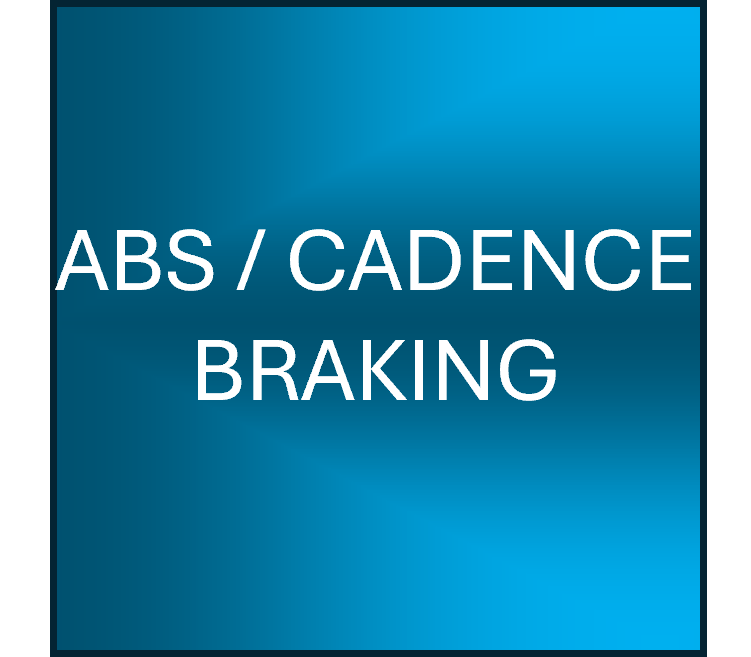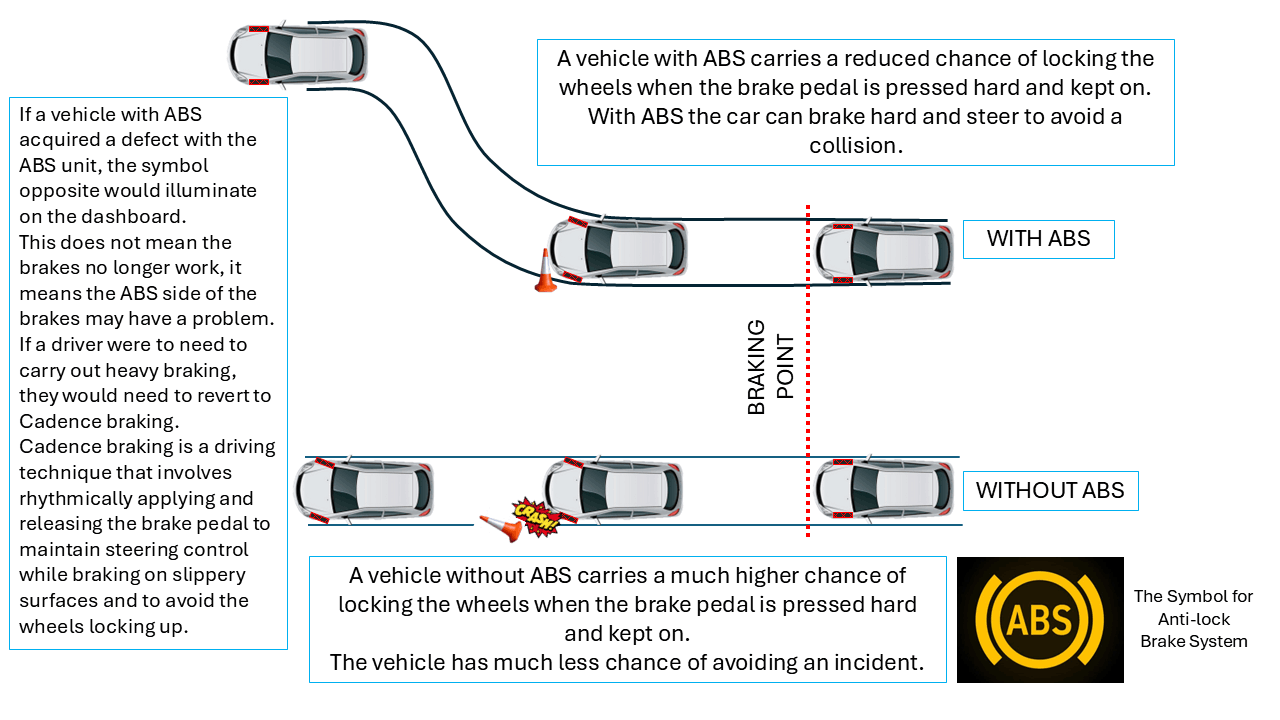
ABS, Invented in 1929 by Gabriel Voisin, a French aviation engineer, for use in air-craft landing gear. The first production car to use ABS was a British Jensen FF in 1966.
It gradually appeared as a safety feature on new cars from 1970 onwards.
The EU law made it a compulsory fitment on all cars manufactured after 2004

